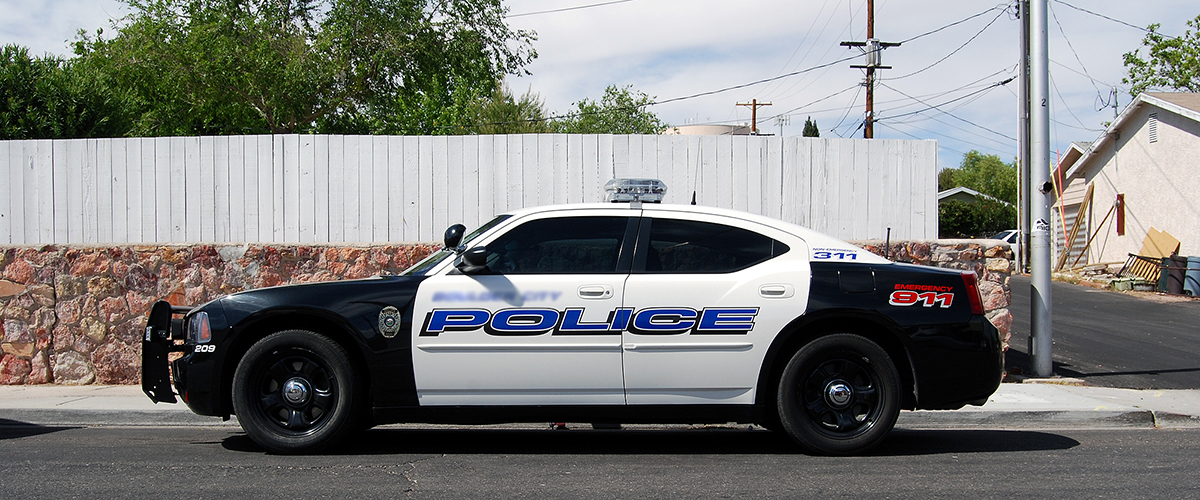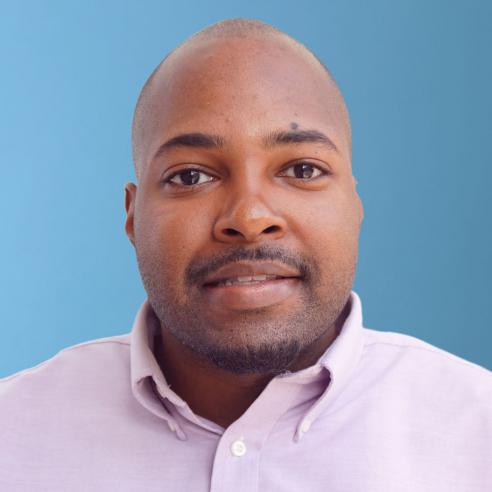Behavioral Health Community Engagement May 3, 2018
As recently as 2017, the city of Dayton, Ohio was considered the epicenter of the nation’s opioid epidemic. That year, Dayton logged the highest overdose death rate in the state and one of the highest rates in the country.
Since then, however, the city has cut its overdose deaths in half. Led by Mayor Nan Whaley, Dayton has pioneered a new model for addressing substance misuse that is reshaping the way that communities think about addiction.
When the opioid epidemic hit the Dayton region, there was no roadmap for effectively addressing substance misuse crises. Previous epidemics were tragically mishandled, with policymakers relying on “tough on crime” approaches that criminalized addiction and targeted communities of color. With a commitment to avoiding the mistakes of the past, Dayton leaders forged a new path that focused on treating addiction like a disease—not a crime. The community came together to mount a coordinated response, taking risks along the way that ultimately established Dayton as a national model for saving lives.
Through the Mayors for Smart on Crime initiative, the Center for American Progress teamed up with Mayor Whaley to tell Dayton’s story. The resulting report, authored by Erin Welch, serves as a guide for other leaders to develop a compassionate, comprehensive response to substance use epidemics. Welch joined Mayor Whaley’s team last summer, as part of her Master of Public Policy and Management program at Carnegie Mellon University. She wrote the report in memory of her brother, who died of an overdose in January 2018.
For policymakers looking to stem the tide of opioid misuse, Dayton’s experience offers a number of key lessons:
- Follow the data. Data is at the heart of all of Dayton’s interventions. In fact, the epidemic went largely undetected until the Dayton Police Department launched a collaborative effort in 2012 to identify the root causes of high property crime rates. An analysis of interagency data found that many of the individuals involved in property crimes were struggling with opioid addiction, revealing for the first time the scope of substance misuse in the city. Data helped catalyze the city’s response to the emerging crisis and has continued to guide decision-making ever since. Partners across the public and nonprofit sectors have established a data sharing structure that allows for regular analysis of overdose patterns, providing a fuller picture of trends across geographic and demographic groups. Armed with timely and comprehensive data, service providers are able to more effectively target outreach and interventions to meet the needs of the community.
- Fight the stigma. Too often, the stigma attached to addiction prevents people from seeking help. Stigma can also shape the way that medical professionals and justice system practitioners respond to people with substance use disorders, creating additional barriers to accessing effective treatment. To combat the stigma around substance misuse, Dayton has built a community of support and recovery. Each week, a local nonprofit hosts a meeting for individuals impacted by addiction, where the group celebrates the milestones of individuals in recovery and offers support for those who are in active addiction. Unlike traditional 12-step programs, which emphasize the anonymity of participants, Dayton’s program invites loved ones to join meetings to learn about the nature of the disease and raise awareness about the number of people affected by addiction. Partners also sponsor community-wide events, from rallies to business roundtables, focused on educating the public on substance use disorders and offering a message of hope for those impacted by addiction. Through collective effort, Dayton is establishing a shared understanding that addiction is a chronic illness, not a personal failing.
- Prioritize saving lives. Dayton’s first priority is saving lives. Whereas traditional approaches to addressing substance misuse tend to be singularly focused on promoting abstinence, Dayton’s model is rooted in the understanding that individuals can only successfully enter recovery when they’re ready to take that step. The community has taken bold action to support the wellbeing of those in active addiction until they are ready to seek treatment, focusing on reducing the risk of disease and fatal overdose. This philosophy is known as “harm reduction.” Dayton was one of the first jurisdictions in the state to declare a state of emergency in response to the opioid epidemic, a move that freed up resources to devote to harm reduction services. All first responders are now equipped with naloxone, the lifesaving overdose reversal drug, and many members of the community are trained to use and carry the medication as well. With widespread access to naloxone, the community has seen a significant decline in the fatality rate of overdoses. Dayton also launched a syringe exchange program, called CarePoint, where residents can swap used syringes for sterile injection equipment. In addition to limiting the spread of disease, CarePoint serves as an entry-point for treatment. CarePoint staff members build trusting relationships with clients, building a support system for individuals struggling with substance use disorders. Once clients are ready to enter recovery, CarePoint staff can quickly help them get the treatment they need.
Though there’s still much work left to do, the city has made significant strides towards combatting the opioid crisis. As communities grapple with this national epidemic, policymakers should look toward the compassionate, collective model developed in Dayton, Ohio.


